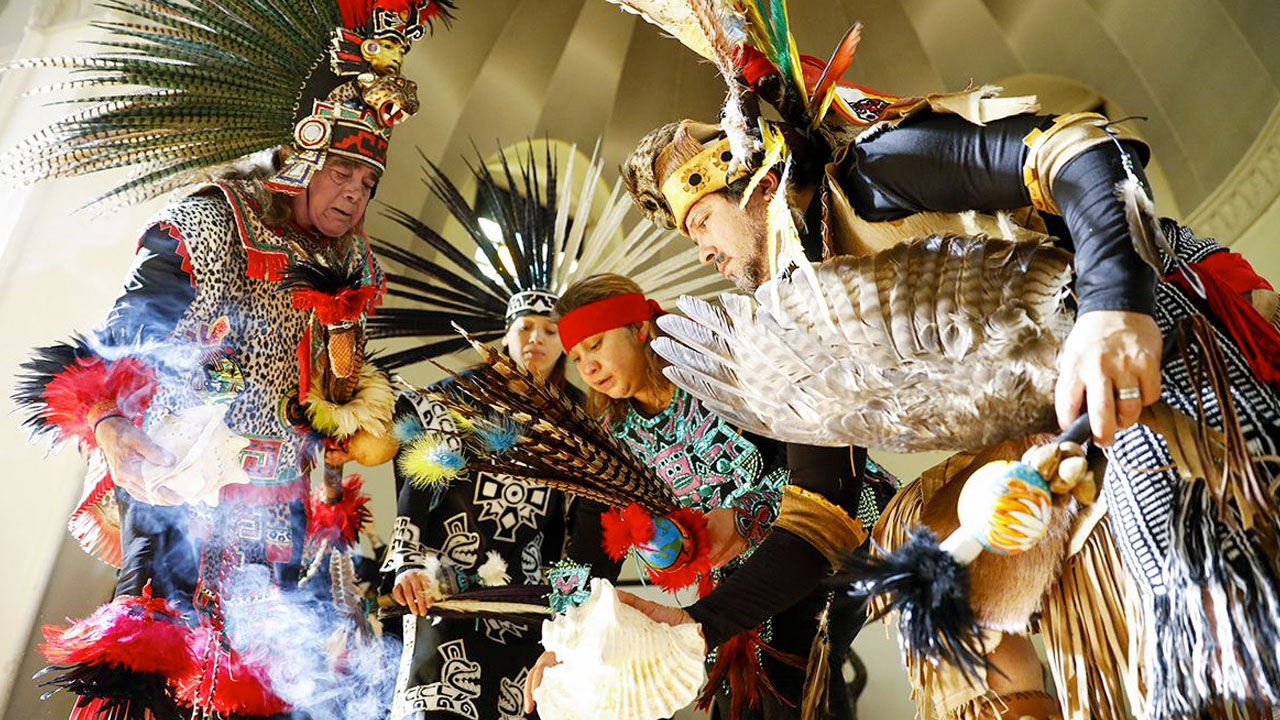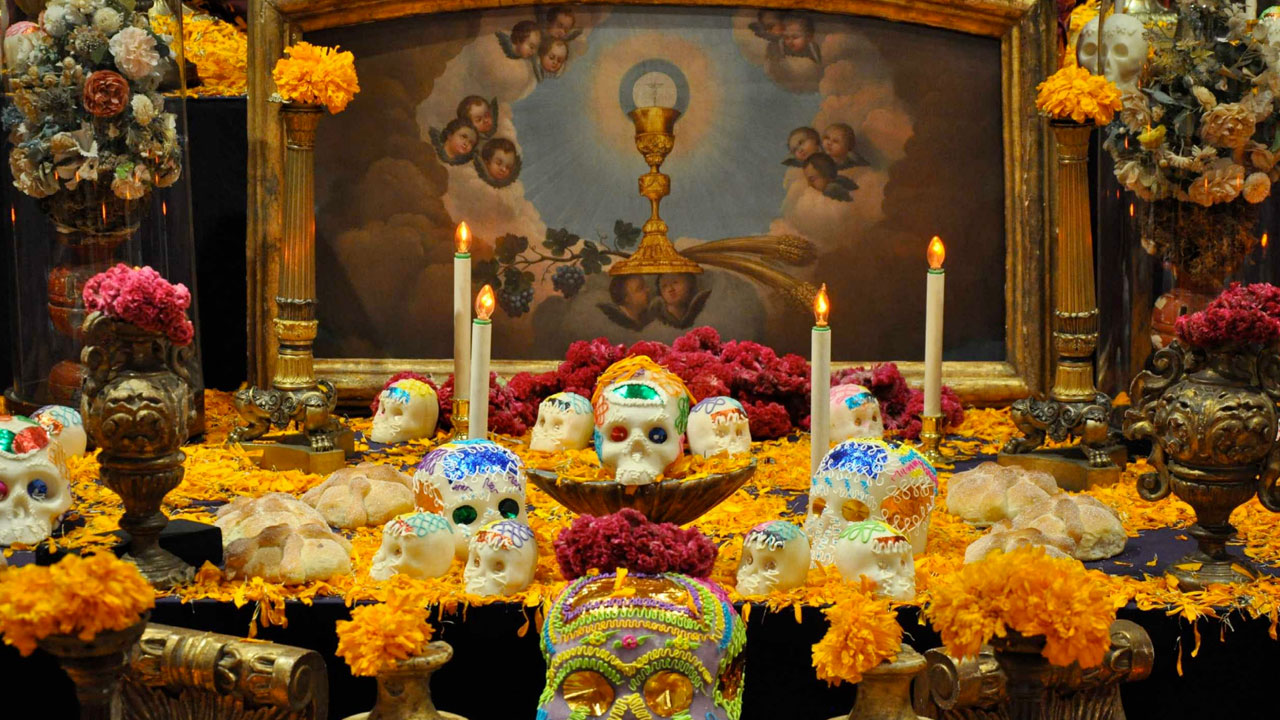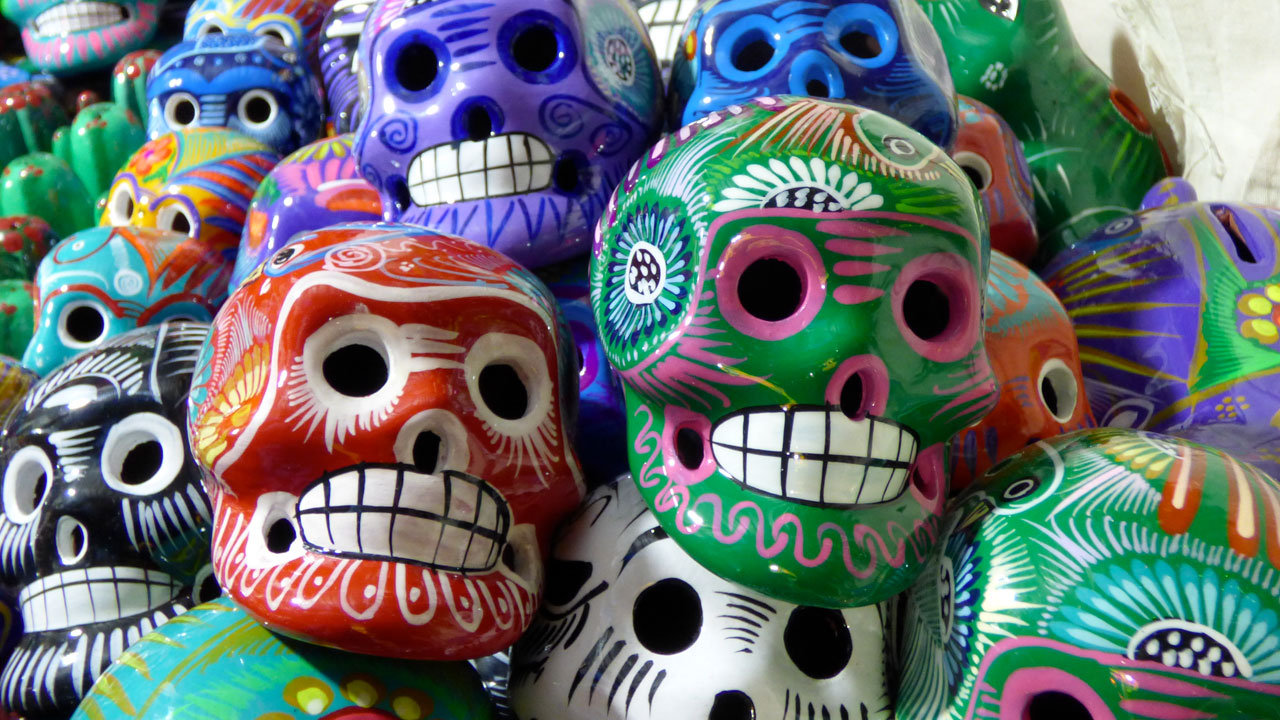Dia de Muertos, or the Day of the Dead, is a vibrant and culturally rich Mexican holiday that has captured the world’s imagination with its colorful festivities, elaborate altars, and distinctive sugar skulls. This annual event, celebrated on November 1st and 2nd, has deep historical roots that blend indigenous Mesoamerican traditions with Spanish Catholic influences.

Pre-Columbian Roots
The history of Dia de Muertos can be traced back over 3,000 years to the Aztec civilization. The Aztecs, like many indigenous Mesoamerican cultures, believed that death was just a natural part of the human journey. They dedicated a month-long celebration to their goddess Mictecacihuatl, the Lady of the Dead. During this time, they honored deceased loved ones through rituals, feasts, and offerings.

Key Elements of the Celebration
Dia de Muertos is a time to remember and celebrate the lives of departed family and friends. Families create ofrendas (altars) adorned with marigold flowers, candles, incense, and photographs of the deceased. They also offer the deceased’s favorite foods and beverages to welcome their spirits back to the world of the living.

Calacas and Calaveras
The holiday is also famous for its colorful calacas (skeletons) and calaveras (skulls), which are often depicted in various forms of art and decorations. These iconic symbols have both humorous and serious connotations, reminding people to embrace life and confront the inevitability of death with humor and grace.
UNESCO Cultural Heritage
In 2008, UNESCO recognized Dia de Muertos as an Intangible Cultural Heritage of Humanity, acknowledging its importance in preserving the cultural identity of the Mexican people and fostering intercultural dialogue.
Today, Dia de Muertos continues to be a cherished holiday in Mexico and is increasingly celebrated around the world. It serves as a powerful reminder that death is not the end, but rather a continuation of life through memory, celebration, and the bonds of family and tradition.




